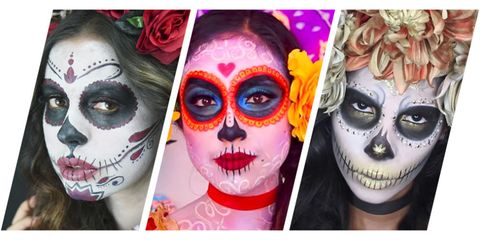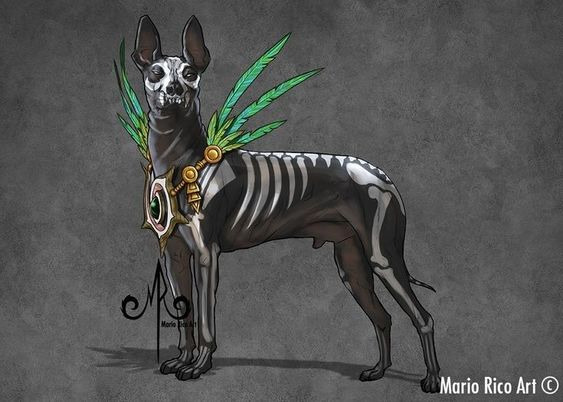honestly spanish is just confusing cos everyone is just coming up with their own little ways to do stuff lolz
Yeah, usually we only kiss one cheek when greeting people, and we might hug them, too. I only do it if the other person greeted me like this first or if they are very close to me. Some people will greet every single person in the room with a kiss, but if I walk into a room and there are people I don’t know or aren’t too close to me, I’ll just wave and say ‘hi’ in general.
I just wanted to jump in real quick, and it may only be a thing here but kissing both cheeks usually happens when you’re younger and you’re greeting someone much, much older than you! In more of a respectful way!
Okay…Is there anything else other than kissing cheeks. ![]()
Some typical ways people address family members:
Mamá, Mami, or Ma
Dad: Papá, Papi, or Pa
Grandma: Abuela, Abue, Abuelita
Grandpa: Abuelo, Abuelito, Abu
Aunt: Tía
Uncle: Tío
Cousin: Primo … though usually everyone calls their cousins by their name
One thing I’ve noticed a lot that might seem strange to people from other cultures is that the younger generations usually call their friends’ parents or adults they know well by name.
For example, if your best friend’s mom name is Blanca García, it wouldn’t be strange at all to call her Blanca instead of Señora García or Señora Blanca.
This also applies in schools. Teachers are usually called ‘Miss (First name)’ if they are female, and Profe (first name) if they are male.
My students all call me either Miss Marianna or Teacher Marianna. (English teachers are often called Teacher First Name) instead of Miss. Regardless if you are married or single, it’s ‘Miss’ for all female teachers.
Something else I just remembered.
It is not common for Mexican women to take change their last names after marriage.
If a woman named Ana María Pérez marries a man named Francisco López, she will not become Ana María López. Legally, she is still Ana María Pérez.
Their kids will have both last names, for example:
Daniel López Pérez— father’s last name first, then the mother’s last name.
And the family will be referred to with both last names.
However, some women do refer to be socially known by their husband’s last name, so they might prefer to be called ‘Ana María de López’ or ‘Ana María Pérez de López’.
My parents got married in the states, so my mom legally has my dad’s last name.
Some women here in Mexico, however, get offended when someone refers to them by their husband’s last name instead of their maiden name.
Bump
Haha, Arabs too! It’s even more confusing when a relative tries to go in for the third kiss.
Bump!
@anon80318563 I should ask: What do Mexicans usually wear when attending festivals such as for Independence day and others?
If there is other festivals, when and why are they celebrated?
At Independence Day celebrations, most people just wear the colors of the flag: green, white, and red. But there are people that wear the traditional outfit from their state.
Another popular festival is Dia de los Muertos (day of the dead) which is celebrated in November. It is celebrated to remember those who have died. People often put up altars decorated with flowers like this:
Also, some people paint their face like this during the celebration, especially during school festivals:
I’m just gonna bookmark this, thank you… ![]()
Replying to 15 threads whoo!
8/15
This still remains a fantastic thread and I still have it bookmarked
Bump
The Xoloitzcuintle, which was part of the daily life of pre-Hispanic cultures and also of their worldview, is an exclusively Mexican breed of dog that is more than 3,000 years old. It´s believed that it accompanied its deceased owner on the path to Mictlán -the Aztec underworld- to protect and guide him
Bump!
Closed due to inactivity


